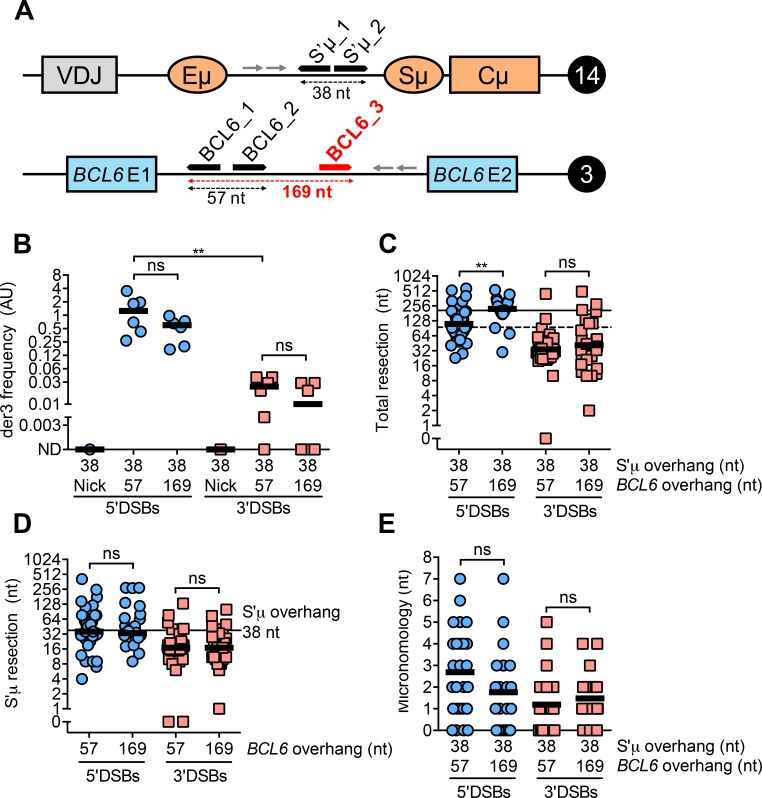Fig 5. DSB polarity rather than overhang length primarily influences end-joining leading to Cas9-mediated der3.
(A) Schematic depicting an additional sgRNA target site (shown in red) in the BCL6 locus on human chromosome 3. Cleavage by the Cas9 nickases at BCL6_1 and BCL6_2 or BCL6_1 and BCL6_3 gives rise to staggered DSBs with 57 or 169 nt overhangs, respectively. Schematic is not to scale. (B) Frequency of Cas9-mediated der3 from 5’ and 3’DSBs with either of two overhang lengths measured by qPCR. Cells were harvested 5 days post-transfection with Cas9/sgRNA plasmids for genomic DNA isolation. Overhang lengths are denoted on the x-axis. (C) Total resection of S’μ and BCL6 at S’μ-BCL6 junctions from 5’ and 3’DSBs with either of two overhang lengths. Horizontal lines denote the total overhang lengths in S’μ plus BCL6 (dotted line = 95 nt, solid line = 207 nt). (D) Resection of 38 nt S’μ overhang at S’μ-BCL6 junctions when BCL6 overhang length is varied. (E) Microhomology usage at S’μ-BCL6 junctions from 5’ and 3’DSBs with either of two overhang lengths. Black line denotes mean microhomology usage.

